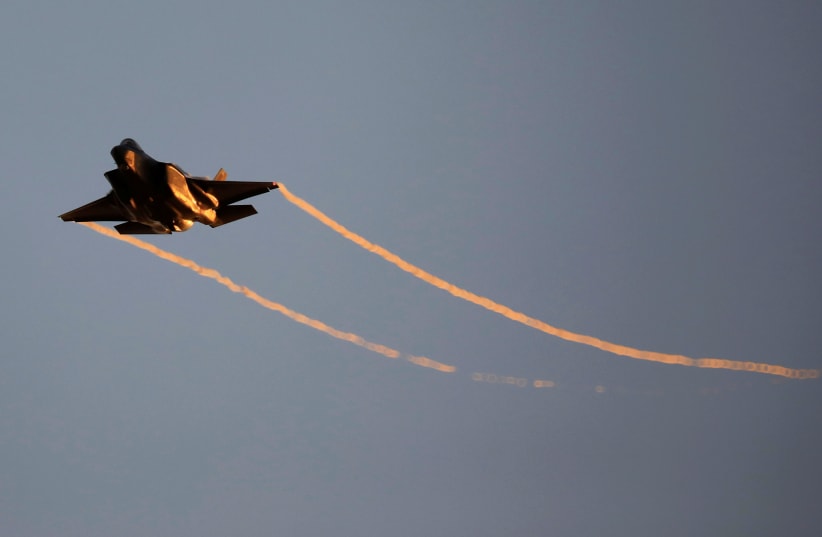Iranian Defense Minister Amir Mohammad Reza Ashtiani visited a base where Iran’s new locally-made Yasin training jet is preparing to play a greater role in Iran’s air force. The jet was unveiled earlier this year, part of a long-term project by Iran to create more locally-produced aircraft. Iran already produces a plethora of drones and missiles.
Producing aircraft is more complex. Iran’s aircraft industrial production was harmed during the 1979 revolution, however Iran did inherit several advanced factories, linked to Western companies, from the Shah’s regime.
Ashtiani has focused on the success of the locally made Yasin fighter jet trainer. Unveiled as an idea in 2019, the first jet was then produced and wheeled out in March 2023. In November the second prototype was ready and completed a test flight. “This success of the Iranian Aviation Industry Organization (Hesa) plays an important role in the field of pilot training in the country,” the minister said at the time.
He went to Hesa Air base in Shahin Shahr near Esfahan to see the flight. He has gambled on this aircraft, promising that it will be used as a training plane and can reach full-scale production soon.
What are Iran's goals?
The goal of Iran is to use this aircraft to increase the experience of its pilots. Iran wants to acquire more aircraft from Russia in the future. Ashtiani is convinced that this aircraft will give Iranian pilots the ability to understand a new generation of aircraft. It is unclear if this aircraft meets the standards of fourth-generation Western aircraft.

It clearly is not similar to 5th-generation aircraft such as the F-35. Iran also believes the aircraft can be used for close air support and can carry missiles with guidance systems.
Iran also recently unveiled a new capability for its Karrar drone, putting air-to-air missiles on the drone. The drone and this aircraft have a range of around 1,000km, meaning Iran’s air defenses continue to suffer from a small number of actual aircraft. Nevertheless, the two announcements show Iran is focused on the aerial arena. It wants to go beyond just using kamikaze drones, the Shahed 136 types it has provided to Russia, for instance.
